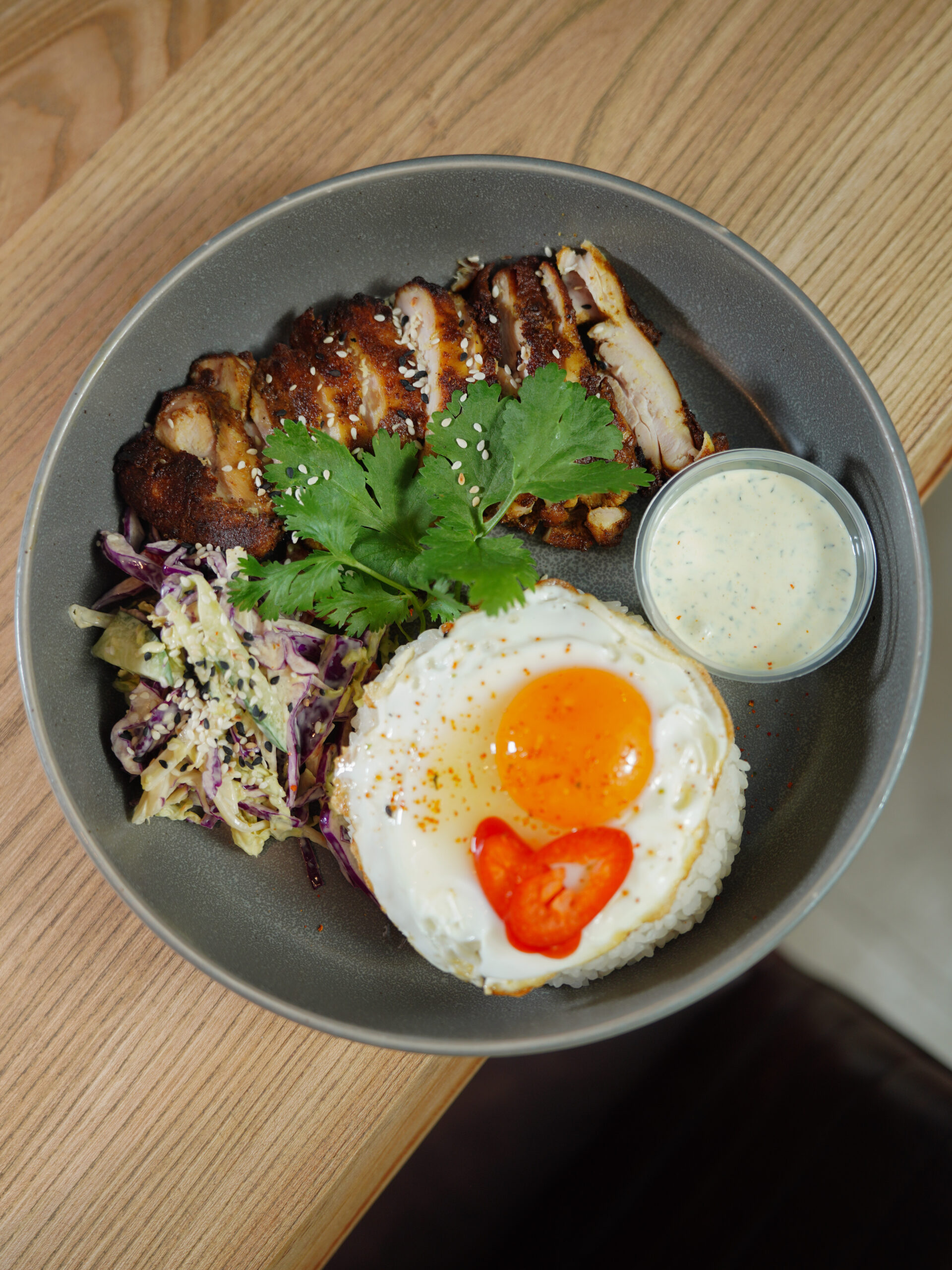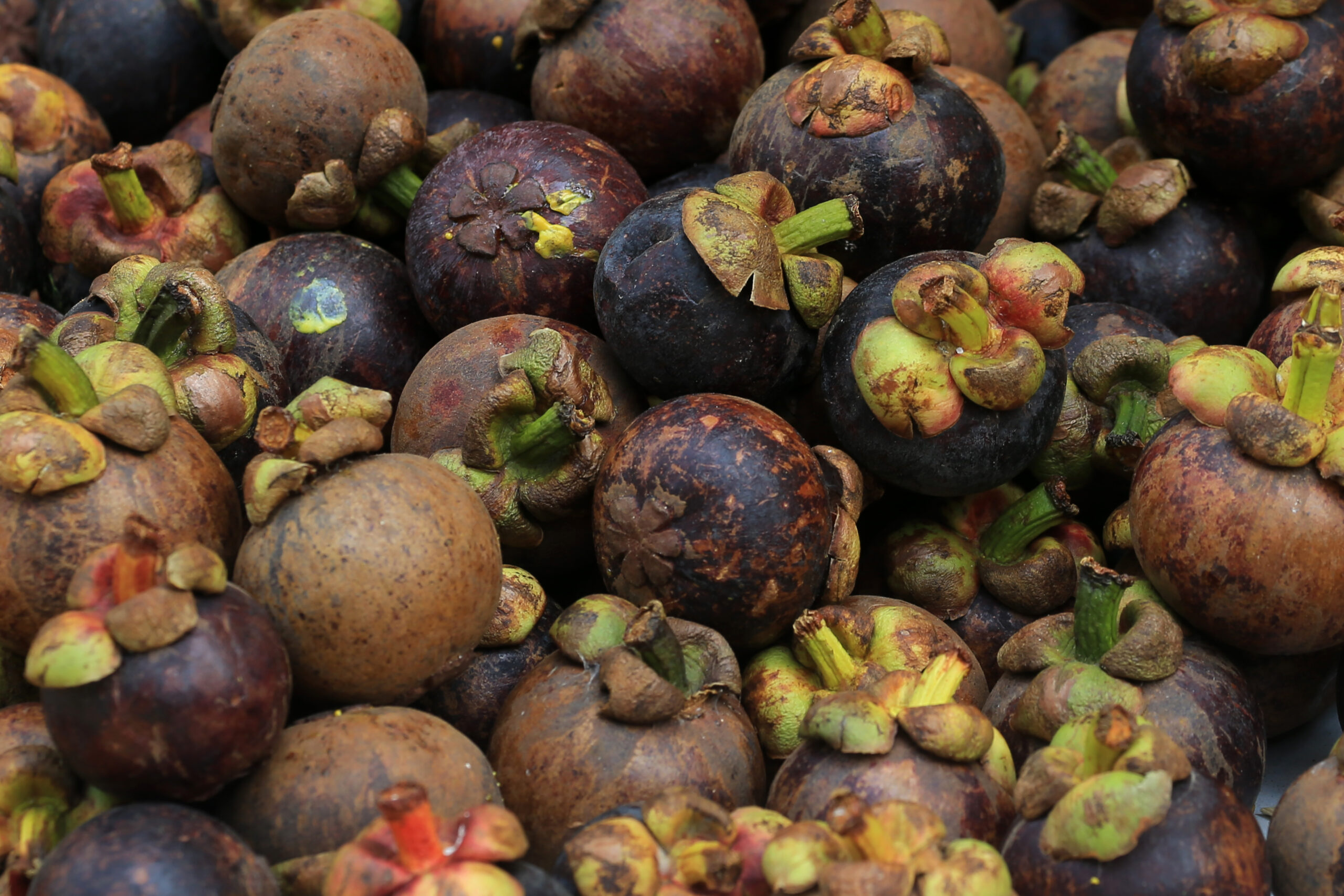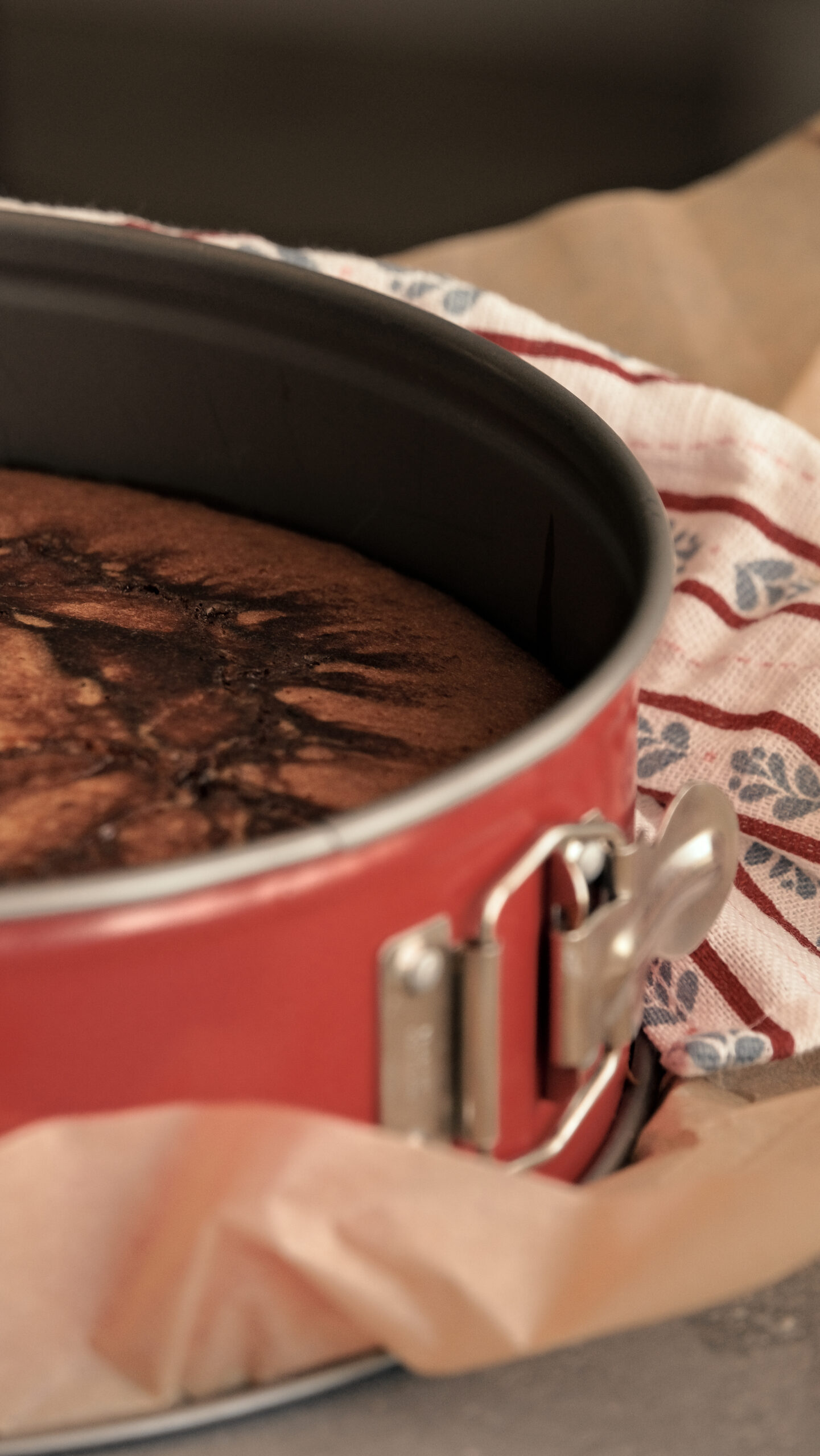Imagine the mouthwatering aroma of freshly baked pizza wafting through your kitchen. Picture the perfectly crisp crust, golden and delicious, topped with your favorite ingredients. Now, imagine achieving this culinary masterpiece with ease. Enter the pizza stone, a humble yet indispensable tool that can transform your homemade pizzas into gourmet delicacies. In this article, we will delve into the joy of pizza stones and how they can elevate your pizza-making game to new heights. Get ready to embark on a journey of culinary delight as we explore the wonders of baking perfect pies with the help of this essential kitchen gadget.

Choosing the Right Pizza Stone
When it comes to choosing the right pizza stone, there are a few factors to consider. The material, size and shape, and thickness all play a role in determining the quality and outcome of your pizzas.
Material
The material of the pizza stone is crucial as it directly affects the heat distribution and overall performance. The most common materials used for pizza stones are ceramic and cordierite. Ceramic stones are known for their ability to hold heat well and provide even cooking. On the other hand, cordierite stones are heat-resistant and can withstand high temperatures without cracking.
Size and Shape
The size and shape of the pizza stone depend on your personal preferences and the size of your oven. It’s important to choose a stone that fits comfortably in your oven while leaving enough space for the airflow. Rectangular or round stones are the most common shapes available in the market, so choose the one that suits your baking needs.
Thickness
The thickness of the pizza stone also affects the cooking process. Thicker stones retain heat better, resulting in a crispier crust. However, they also take longer to heat up, so if you’re short on time, a thinner stone might be a better option. Consider the desired outcome and time constraints when selecting the thickness of your pizza stone.
Benefits of Using a Pizza Stone
Using a pizza stone can elevate your pizza-making experience and result in a delicious, professional-quality pizza. Here are some of the key benefits of using a pizza stone:
Even Heat Distribution
One of the primary benefits of a pizza stone is its ability to distribute heat evenly across the surface. This ensures that your pizza cooks uniformly, with no hot or cold spots. The even heat distribution helps to create a perfectly cooked crust with a golden-brown color.
Crust Crispness
If you enjoy a crispy crust, then a pizza stone is a must-have tool in your kitchen. The porous nature of the stone absorbs the excess moisture from the dough, resulting in a crispy and perfectly browned crust. The high heat retention of the stone also promotes a quick and thorough baking process, further enhancing the crispness of the crust.
Retains Heat
Once the pizza stone is properly preheated, it retains heat exceptionally well. This heat retention ensures that the temperature doesn’t drop significantly when the pizza is placed on the stone, allowing for a quick and consistent cooking process. The heat retention also keeps the crust from becoming soggy by drawing out excess moisture.
Versatility
Pizza stones are not limited to baking pizzas alone. They can also be used for other culinary applications, such as baking bread, pastries, and even grilling. The versatility of a pizza stone makes it a valuable addition to any kitchen, as it allows you to explore a wide range of recipes and cooking techniques.

Prepping Your Pizza Stone
Before using your pizza stone for the first time, it’s essential to season and preheat it properly. This process ensures that your stone is ready to deliver the best results for your pizzas.
Seasoning the Stone
Seasoning the pizza stone involves coating it with a thin layer of oil and heating it in the oven. This process helps to prevent sticking and creates a natural non-stick surface on the stone. To season your stone, simply brush a thin layer of vegetable or olive oil over the surface and bake it in a preheated oven for about an hour at 450°F (230°C).
Preheating the Stone
Preheating the pizza stone is crucial for achieving a crispy and evenly cooked crust. Place the stone in a cold oven and set the temperature to the desired baking temperature. Allow the stone to preheat for at least 30 minutes to ensure that it’s heated thoroughly. This step ensures that the stone is evenly heated and ready to provide the optimal cooking surface for your pizza.
Preparing the Perfect Dough
The dough is the foundation of a great pizza, so it’s essential to pay attention to the ingredients and preparation process. Here are some tips for preparing the perfect dough:
Choosing the Right Flour
The type of flour you use can significantly impact the texture and flavor of your pizza crust. Opt for high-protein flours, such as bread flour or 00 flour, which are known for their gluten content. The gluten provides structure and elasticity to the dough, resulting in a chewy and well-developed crust.
Adding the Ingredients
When preparing the dough, it’s important to follow the recipe precisely and add the ingredients in the recommended order. Typically, you’ll need flour, yeast, water, salt, and sometimes a small amount of sugar or olive oil. Mixing the ingredients thoroughly and allowing the dough to rest and rise properly will contribute to a light and airy crust.
Kneading and Proofing
Kneading the dough helps to develop the gluten and create a smooth and elastic texture. This process can be done by hand or with the help of a stand mixer. Once the dough is kneaded, it needs to be proofed, or allowed to rise, to develop flavor and texture. Place the dough in a lightly oiled bowl, cover it with a damp cloth, and let it rise in a warm area until it has doubled in size.

Toppings and Sauces
Choosing the right toppings and sauces can make or break your pizza. Here are some tips for creating tasteful combinations:
Fresh Ingredients
Using fresh ingredients is key to creating a delicious pizza. Opt for a variety of fresh vegetables, such as bell peppers, mushrooms, onions, and tomatoes, to add flavor and texture to your pizza. Fresh herbs, such as basil or oregano, can also elevate the taste profile of your toppings.
Flavorful Sauces
The sauce is the base of your pizza and can significantly impact the overall taste. Experiment with different types of sauces, such as traditional tomato sauce, pesto, or even barbecue sauce, to add a unique twist to your pizza. Don’t be afraid to play with flavors and spices to create a sauce that complements your chosen toppings.
Balance and Combinations
The key to exceptional pizza toppings is finding the right balance of flavors and textures. Aim for a combination of savory, salty, and sweet elements to create a well-rounded pizza. Consider different cheese options, such as mozzarella, Parmesan, or feta, to add richness and depth to your pizza.
Techniques for Baking the Perfect Pizza
Now that you have your pizza stone prepared, dough ready, and toppings selected, it’s time to focus on the baking process. Here are some techniques to help you achieve the perfect pizza:
Stretching the Dough
To stretch the dough, begin by pressing it gently and evenly with your fingertips to create a round shape. Gradually stretch the dough by rotating it and working your way from the center towards the edges. Be careful not to tear the dough, and aim for a thin and even thickness throughout.
Docking or Pricking the Dough
Docking or pricking the dough involves poking it gently with the tines of a fork or a pizza docker. This step helps to prevent the dough from puffing up excessively during the baking process. Docking allows the steam to escape, resulting in a more even and flat crust.
Using a Pizza Peel
A pizza peel is a handy tool for transferring the prepared pizza onto the hot pizza stone. Dust the peel with cornmeal or flour to prevent the dough from sticking. Gently slide the pizza onto the preheated stone and close the oven door swiftly to retain the heat.
Optimal Oven Temperature
Set your oven to the highest temperature available, usually around 500°F (260°C), to ensure a quick and thorough baking process. The high heat helps to create a crispy crust while keeping the toppings cooked to perfection.
Tips for Achieving the Perfect Crust
The crust is a crucial part of a delicious pizza, and these tips will help you achieve the perfect crust every time:
High Heat Baking
Baking the pizza at a high heat is essential for achieving a crispy and perfectly browned crust. The intense heat helps to quickly cook the dough while creating a beautiful caramelization on the surface.
Using Cornmeal or Semolina
Dusting the pizza peel or baking surface with cornmeal or semolina helps to prevent the dough from sticking and adds a delightful crunch to the crust. The coarse texture of these ingredients creates a barrier between the dough and the cooking surface, allowing for easy transfer and a crispy finish.
Rotating the Pizza
Rotating the pizza during the baking process ensures even cooking and browning. Most home ovens have hot spots, and rotating the pizza halfway through the cooking time helps to compensate for any uneven heat distribution.
Creative Pizza Recipes
Now that you have mastered the basics of making pizza, it’s time to explore some creative recipes. Here are a few ideas to get you started:
Margherita Pizza
A classic Margherita pizza is a timeless favorite. Top your stretched dough with tomato sauce, fresh mozzarella cheese, and basil leaves. Drizzle some olive oil and sprinkle a pinch of salt before baking for a truly authentic and satisfying pizza experience.
BBQ Chicken Pizza
For a unique twist, try a BBQ chicken pizza. Use barbecue sauce as the base, and top it with cooked chicken, mozzarella cheese, red onions, and cilantro. The combination of sweet and tangy flavors creates a mouthwatering pizza that will impress your family and friends.
Vegetarian Mediterranean Pizza
Embrace the flavors of the Mediterranean with a vegetarian pizza. Spread a layer of hummus on the dough, and top it with roasted vegetables like eggplant, zucchini, and bell peppers. Add a sprinkle of feta cheese and fresh herbs like parsley or mint for a light and refreshing pizza.
Hawaiian Pizza
For those who enjoy the sweet and savory combination, a Hawaiian pizza is a perfect choice. Top your dough with tomato sauce, mozzarella cheese, cooked ham, and pineapple chunks. The mix of salty ham and juicy pineapple creates a delightful contrast of flavors.
Maintaining and Cleaning Your Pizza Stone
To ensure the longevity and optimal performance of your pizza stone, proper maintenance and cleaning are essential. Here are some tips on how to maintain and clean your pizza stone:
Avoiding Moisture
Moisture can cause the pizza stone to crack, so it’s crucial to avoid exposing it to water or any other liquids. Never soak the stone or clean it with soap. Instead, simply wipe it clean with a damp cloth or use a scraper to remove debris.
Scraping Off Residue
Over time, your pizza stone may accumulate residue or burnt-on food particles. To remove these, scrape off the residue gently with a spatula or dedicated stone scraper. Be careful not to scratch the surface of the stone, as this can affect its performance.
Regular Maintenance
Regularly inspect your pizza stone for any signs of wear or damage. If you notice any cracks or significant discoloration, it may be time to replace it. To prolong the lifespan of your pizza stone, store it in a cool, dry place when not in use.
Other Uses for Pizza Stones
Pizza stones are not limited to baking pizzas alone. Here are a few other culinary applications for your pizza stone:
Baking Bread
Pizza stones are excellent tools for baking bread. The high heat retention and even heat distribution create the perfect baking environment for artisanal loaves. Simply place the dough on the preheated stone and enjoy a crusty and flavorful homemade bread.
Grilling
You can also use your pizza stone for grilling. Place the stone on your grill grates and preheat it. This method allows you to grill vegetables, fish, or even burgers, giving them a delicious smoky flavor and a crisp sear.
In conclusion, a pizza stone is a valuable tool that can transform your homemade pizzas into professional-quality culinary delights. From choosing the right stone to preparing the perfect dough and exploring creative recipes, the possibilities are endless. By following these tips and techniques, you’ll be well on your way to baking the perfect pizza every time. So, gather your ingredients, fire up your oven, and enjoy the joy of pizza stones!

